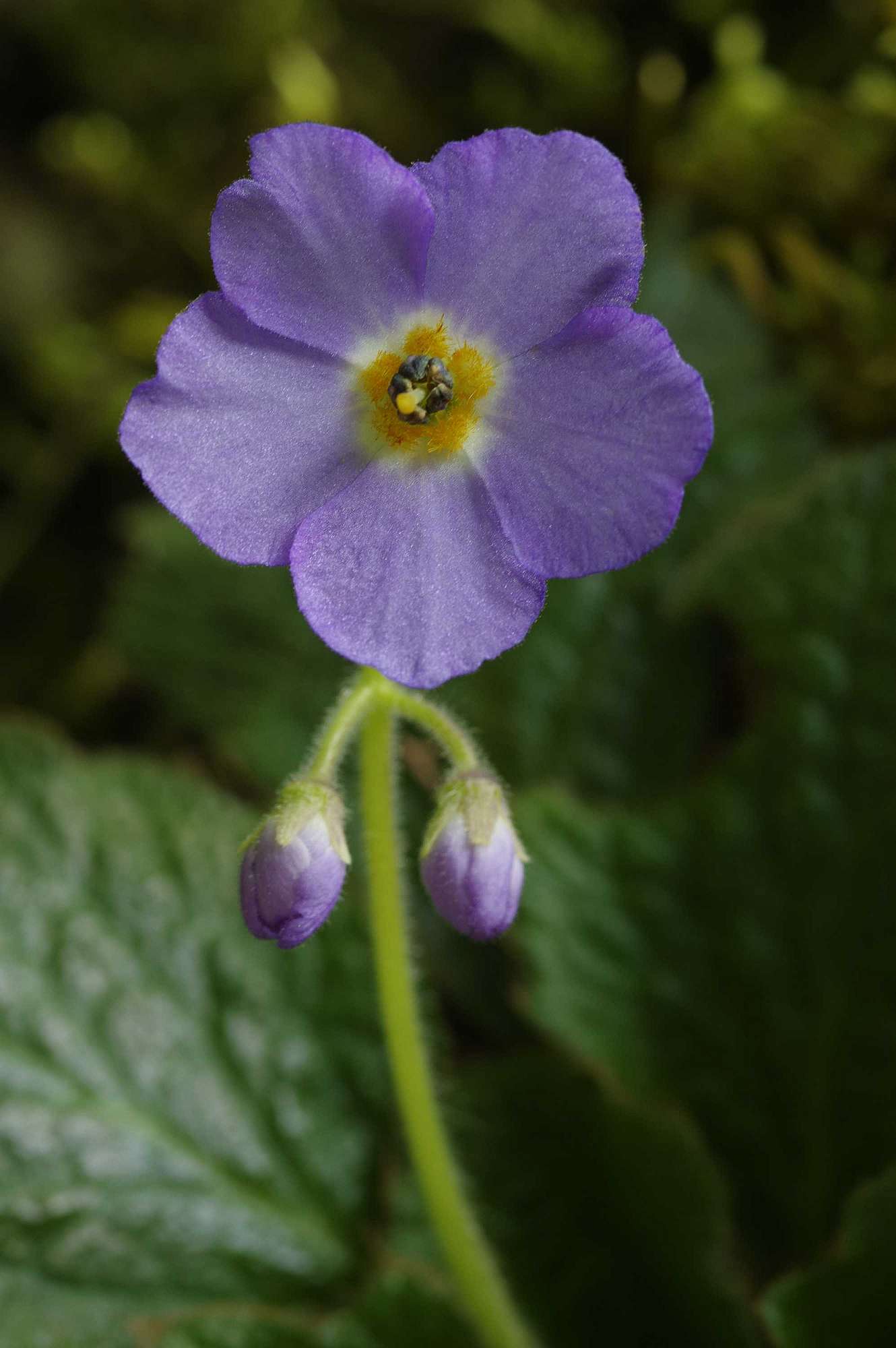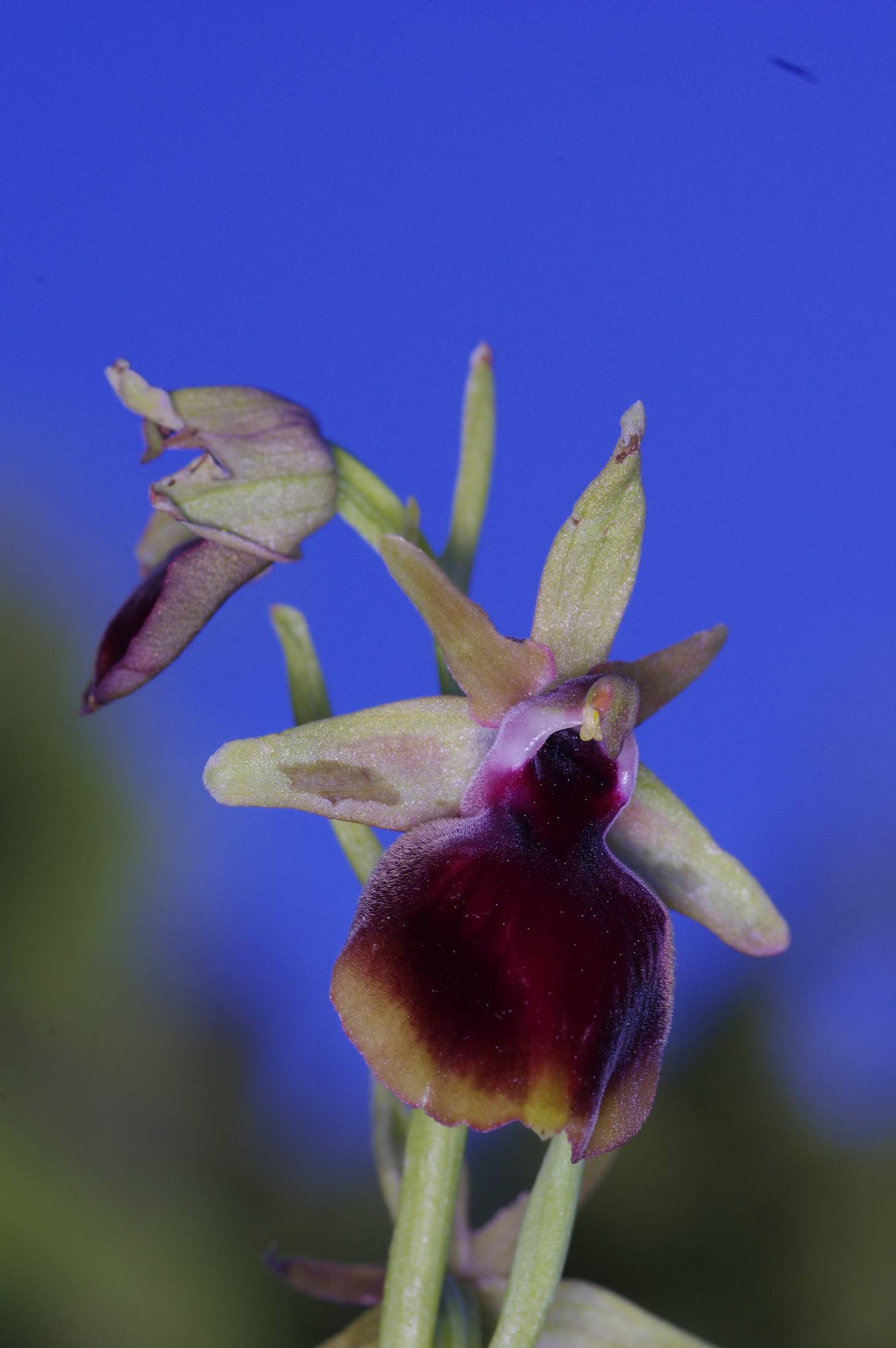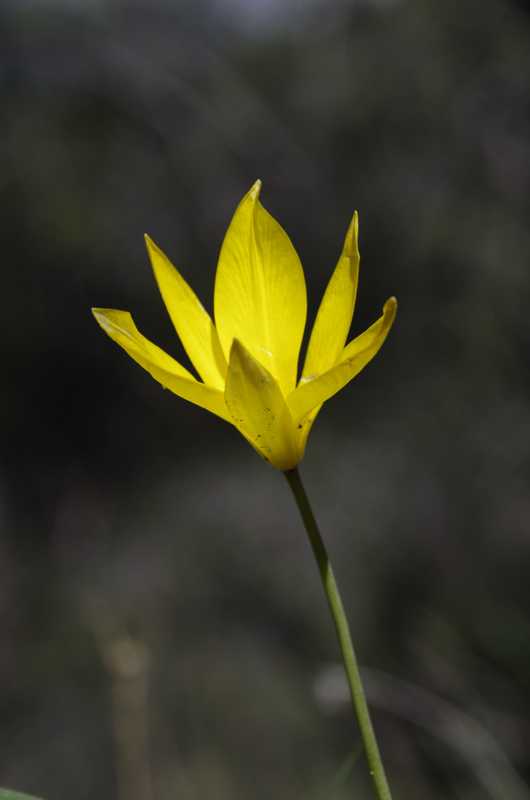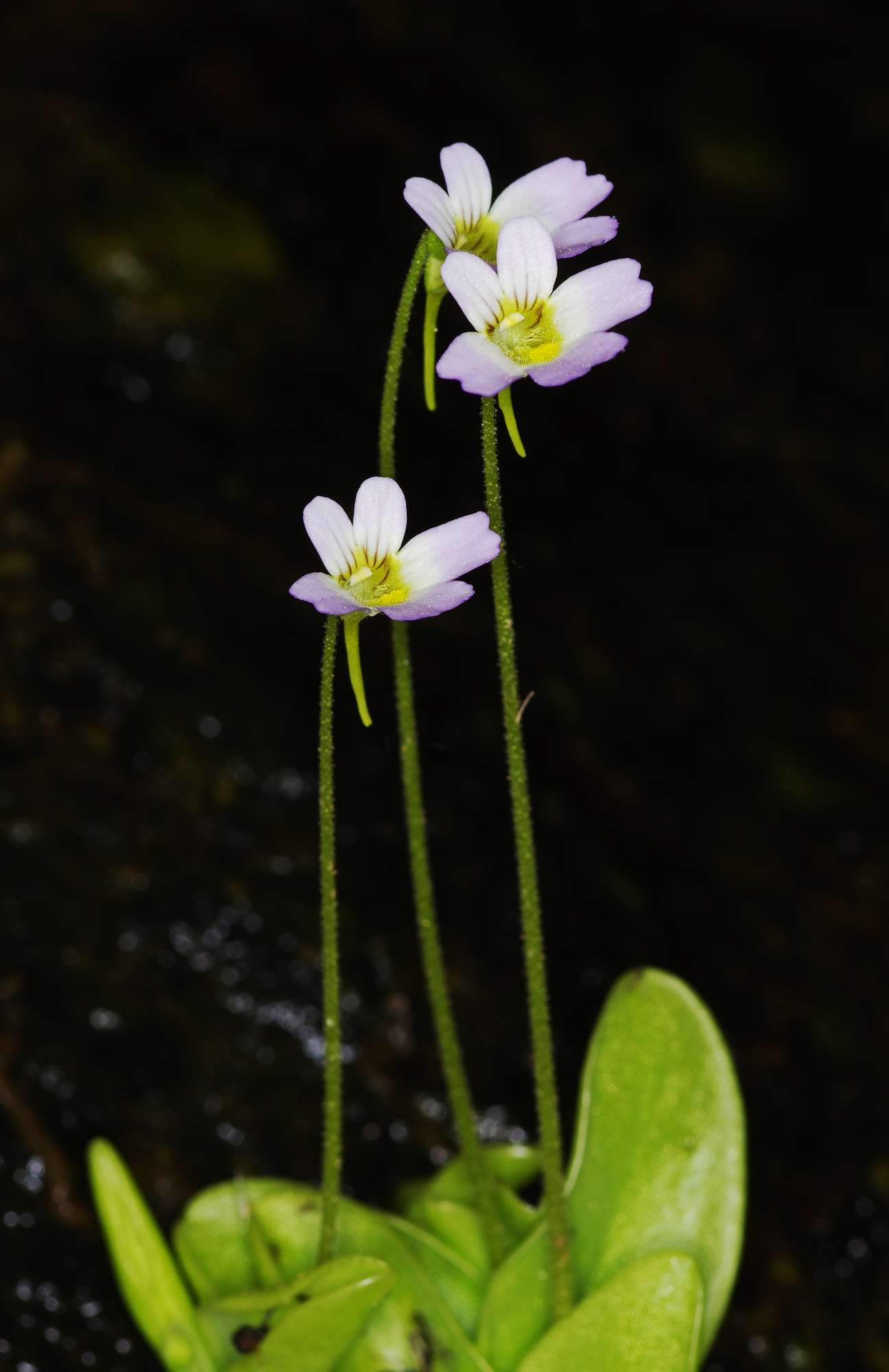Flora of Zagori area
Flora of Zagori area
Identify plants species
In the habitats occuring in the Zagori area, some 1800 plant species, including impressive flowers, rare plants and local endemic species, have been recorded.

Ramonda serbica
Among the most impressive flowers are five members of the wild lily family (Lillium candidum, L. chalcedonicum, L. heldraichi, L. albanicum και L. martagon), the Poet's daffodil (Narcisus poeticus) and the wild tulip (Tulipa australis).

Ophrys helenae
The region is well known for its medicinal herbs, once collected and used by the Vikogiatri (practical therapists). The most used local medicinal plants are: the peppermint (Mentha longifolia), the sage (Salvia officinalis), the savory (Satureja montana), the thyme (Thymus leucospermus), the Greek mountain tea (Sideritis raeseri), the hellebore (Helleborus cyclophyllus), the mountain daphne (Daphne oleoides), the Chickweed willowherb (Epilobium alsinifolium), the Poison Hemlock (Conium maculatum), the Myrtle spurge (Euphorbia myrsinites), the danewort (Sambucus ebulus) and the False helleborine (Veratrum album).

Tulipa sylvestris
The woods and the meadows of the area are the habitats of dozens on orchid species, such as Orchis mascula, Orchis pallens, Orchis ustulata, Orchis coryophora, Orchis laxiflora, Orchis provincialis, Orchis pauciflora, Orchis papilionacea, Orchis quadripunctata, Orchis morio, Orchis tridentata, Orchis purpurea, Orchis italica, Orchis simia, Orchis pyramidalis, Dactylorhiza saccifera, Dactylorhiza sabucina, Dactylorhiza kalopissii, Dactylorhiza baumanniana, Dactylorhiza maculata, Dactylorhiza icarnata, Leucorchis frivalti.
Within the boundaries of the National Park grow many rare, endemic and protected species such as Centaurea tymphaea, Bornmuellera tymphaea, Alyssum heldreichi, Silene pindicola, Onosma epirotica, Soldanella pindicola an many others.

Pinguiculla cristallina
Other remarkable plant species of the region, due to their limited geographical distribution, are the beautiful Ramonda serbica and the insectivorous Pinguiculla crystalline ssp. hirtiflora.
Photos and descriptions for
The application guides the user to locate the plant typical biotope.

